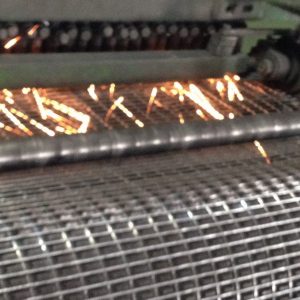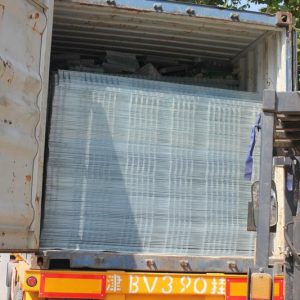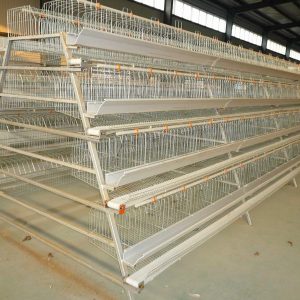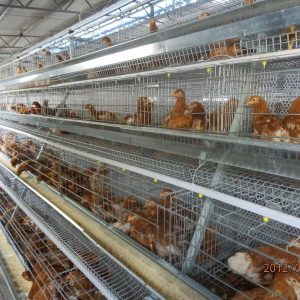
Seven checks for raising chickens in winter
Seven checks for raising chickens against the cold winter:
Check temperature
Check whether the temperature on the thermometer is consistent with the actual required temperature. If the temperature difference is too large, immediately take measures to control the temperature within the required range and try to keep it relatively stable.
Check ventilation
Especially when the temperature is low in the deep winter, people often only pay attention to keeping warm and neglect ventilation. The chickens are lively and active when the ventilation is good, and there is no peculiar smell in the house, especially when the temperature and ventilation are suitable, there will be a comfortable feeling. If the chickens are found to be disease-free and sluggish, breathing slightly, dusty in the chicken house, and strong odor, it means that the air in the chicken house is extremely dirty, and ventilation should be strengthened immediately.
Check humidity
Higher humidity is conducive to the survival and reproduction of microorganisms, if accompanied by low temperature, it will aggravate the harm of low temperature. Low humidity results in a dry chicken house, which can easily induce respiratory diseases in chickens, especially if the chicks stay in a dry environment for a long time, which can lead to dehydration and weakness. Therefore, we must pay attention to the adjustment of the humidity of the chicken house.
Check the light
The natural light time in winter is short, which cannot meet the physiological needs of chicken laying, and artificial light is needed to supplement it.
Check the water and food of the chicken
Laying hens are relatively stable in consumption. If there is a significant drop in chicken consumption or only drinking water but not eating, it indicates that the chicken has been infected with some diseases. The cause should be found out as soon as possible and treated in time.
Feces check
Check the color of the stool for blood. Generally speaking, the feces of laying hens are soft, and the feces of broilers are strips. Some diseases can cause diarrhea in chickens. For example, when chickens suffer from Gumbol disease (infectious bursal disease) and infectious bronchitis, their feces are yellow and white; when chickens suffer from Newcastle disease, they discharge green, yellow and white watery feces. Bloody stools in the house indicate that most chickens have been infected with coccidiosis. When abnormal feces are found, the chicken that defecates should be found for diagnosis, treatment, and necropsy if necessary.
Check harmful gas
The most harmful gases to chickens are ammonia and hydrogen sulfide, which can stimulate the sensory organs of chickens, induce respiratory diseases, and reduce feed efficiency. The smell of ammonia when entering the chicken house indicates that the ammonia in the chicken house has already exceeded the standard. The proportion of hydrogen sulfide is high, and the concentration is higher the closer to the ground.
When the following conditions occur in the chicken house, it can be determined that there is an excessive amount of hydrogen sulfide in the air: 1. The surface of the copper utensils becomes black. 2. There are white deposits on the surface of galvanized ironware. 3. The black art paint fades. In addition, chicken coops that use coal stoves for insulation should beware of carbon monoxide poisoning by personnel and chickens. When the above 3 kinds of harmful gases are excessive, corresponding measures should be taken immediately, such as appropriately increasing ventilation and replacing litter, etc., to reduce and eliminate their harm to chickens.
Send feedback
History
Saved



